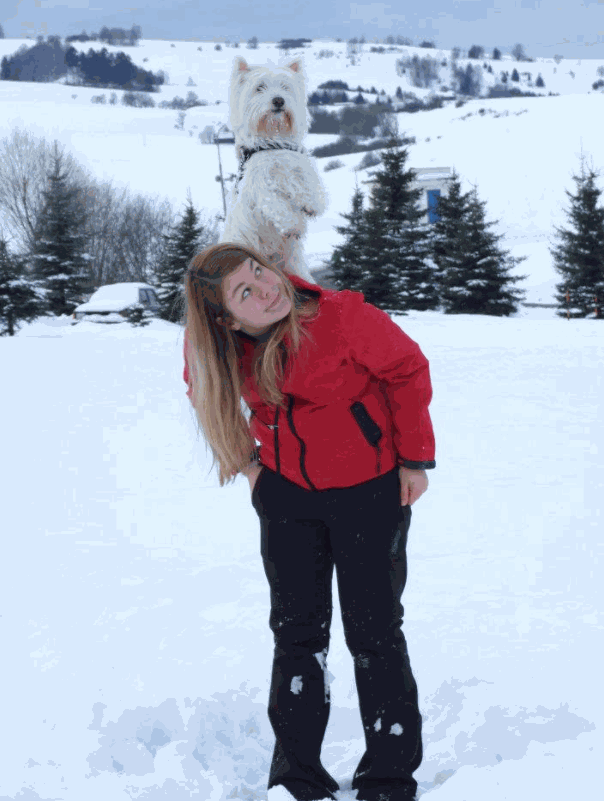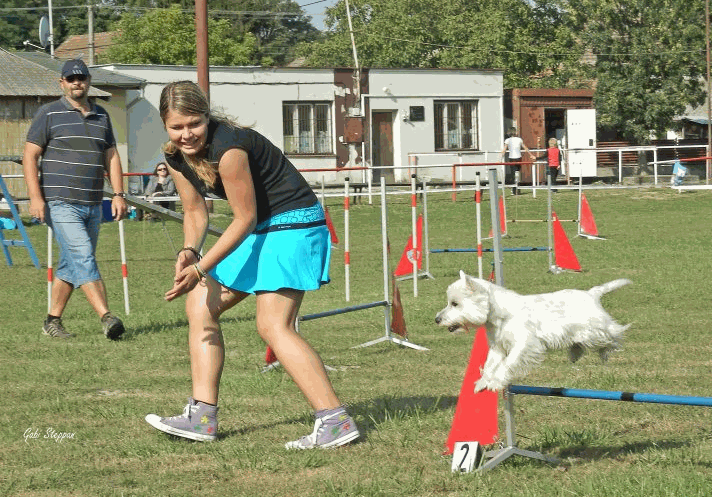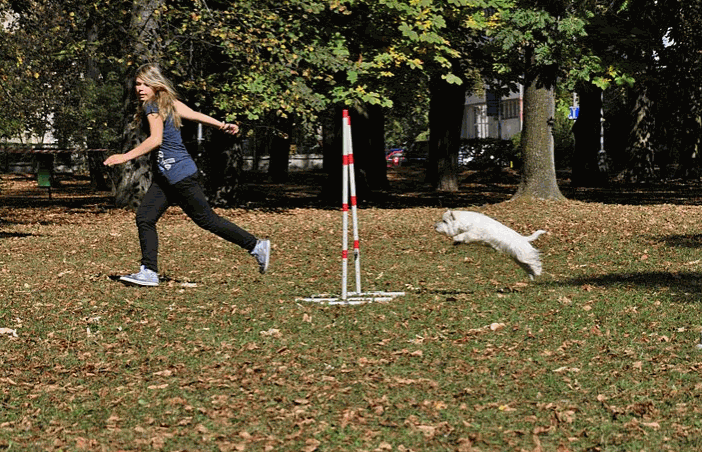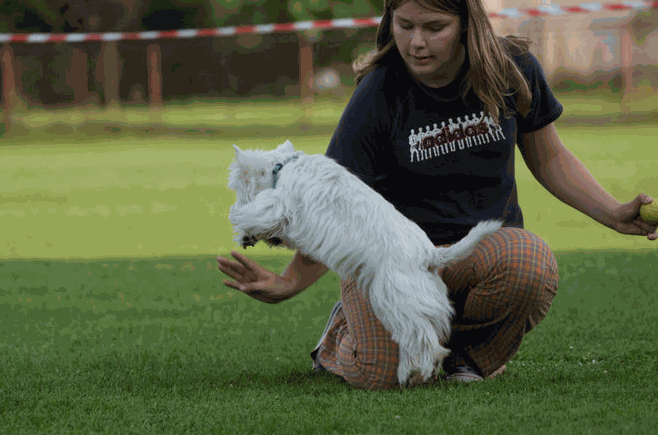The Humans of Port Cities series takes a personal look at the lives of our team members, to celebrate the diversity and uniqueness of the people who build the magic behind computers. In the series, each human of Port Cities will tell us a story that helped shape them into the person that they are today.
Ivana Bartonkova - Chief Marketing Officer, Port Cities Group
I have always loved dogs. Big ones, small ones, fluffy ones, short-haired ones. All of them.
I was (and still am) fascinated by their selflessness, dedication, drive, excitement for new things, places, people, and other animals. They are the ideal buddies for life. It doesn’t matter whether it is rainy or sunny, whether you’re on holiday or super busy at work, they are there with you, for you.
Many people have dogs because they are cute, they are good friends and life with a dog is just a little bit nicer. My dog, Meggy, means much more to me than just a pet who greets you when you come home.

Meggy has been my buddy for the last 14 years. We did everything together. We went for hikes, runs, swims, bicycle rides, and holidays. We traveled to several countries together - we did sightseeing together in a castle in Prague, we climbed one of the biggest mountains in Slovakia, and we took a boat cruise in Croatia.
Most importantly, when we spent time together, we learned from each other. I taught her tricks, I taught her how to get through obstacles. She loves to learn and she learned to do cool things, such as standing on her front feet, giving me any of her 4 paws, bringing me a ringing phone or a napkin if I needed one. She has an amazing memory and simply loves to explore new things, places and possibilities.
People usually think that training a dog is a process in which the dog learns and the trainer just guides the dog and rewards him with a treat once the dog does as they want.
I must say, Meggy taught me much more than I taught her. These are the 5 main lessons she gave me:
She taught me that training does not mean lecturing, but guiding the student through the process
When I was teaching her to do a handstand (or front-paw stand), for a long time she did not understand what I wanted from her. I would be lifting the rear part of her body and giving her treats, but she was not able to associate the lifting of the specific body part with the treat. She just thought that she was getting treats because she let me guide her body.
I realized that it was not the right way and I had to rethink how I should teach her this trick. I needed to come up with a way to let her figure out what she needed to do with her body. I prepared a stack of books and guided her to reverse onto it. At this moment she would start to lift her backside to the air to step up on the book pile, I would praise and reward her with a treat. That was the difference: she needed to learn by doing herself rather than being put into the position by someone else. From this moment, it took her only a little while to master the front-paw stand, even without the books to support.

She taught me to communicate clearly what I have in mind
I had to learn to communicate with Meggy (non-verbally) on what I needed her to do. She wouldn't know what I expected of her if I didn't give her specific instructions. I couldn't order a dog to "do a random trick." The dog would be at a loss about what to do. If I told her to "roll over," she'd know exactly what I was expecting of her. Giving clear instructions & expectations is crucial. In the industry I work in now, it makes my life much easier if I can clearly understand our customers' expectations or if I give a clear requirement to the developer.
She taught me we should enjoy what we do
If Meggy enjoyed our training session, she would learn a new trick in 5 minutes. If I made the training lesson too long, too boring, she would lose her attention, her drive, and both of us would just be bitter about it. If I ended our lesson right after the best part (when she had just learned something new and was still enthusiastic about what we had done), she would be even more eager for the next training.
She taught me to start from myself
Dogs are selfless. They are not malicious. If they understand what you want them to do and the significance of it, they will listen to you. I learned that if my dog did not listen to my commands, it did not mean she wanted to make me angry. She just did not understand why in that situation, why she should come to me while the running rabbit was much more interesting. It was my responsibility to "explain" to her or teach her, that I would give her the call-back command only if a situation is critical or dangerous. The dog was completely normal, I was the one who needed to change.

She taught me the importance of teamwork
We attended dozens of competitions, races & championships. Some of them were more successful than others. Those that resulted in us getting a trophy had a few things in common - both of us were ready, feeling good, and knew what we needed to do. If I was stressed, Meggy would be as well. If I saw that she was excited, I would be excited as well. In dog agility, even if a competition is based on how fast a dog goes through an obstacle course and the dog's accuracy & speed is important, if the handler makes a mistake (leads the dog to the wrong obstacle, or just does not select the optimal path) it may cause losing valuable seconds of time. Similarly, in teamwork, each team member plays a different role in the team, and only together, we can achieve great results & success.

These were the lessons I started to learn when I was 13, but I am still using every single one of them until today, and I dare to say more than ever before. Being a member of the Port Cities leadership body is both an amazing experience and a massive responsibility. Through the training lessons with Meggy, I reap the benefits of the leadership skills she taught me to this day.